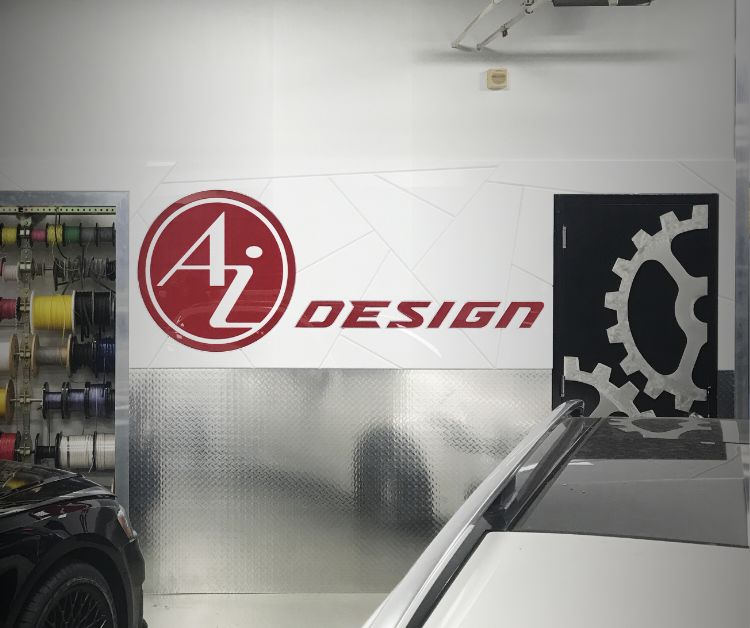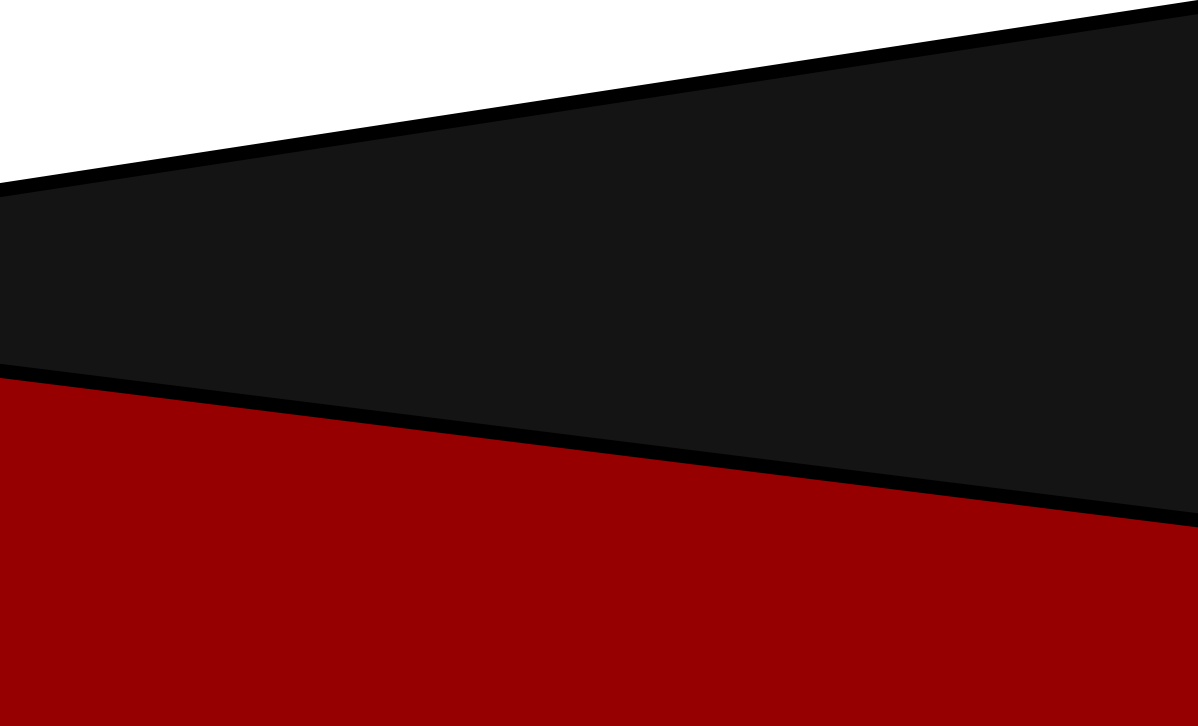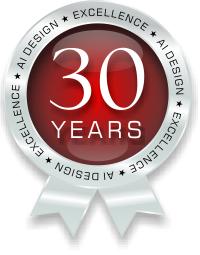Ai Design Blog
1985 Peugeot 205 T16

In order to compete in the 1994 World Rally Championship, Peugeot needed to build 200 road-going versions of its 205 T16 Group B rally car. Starting with the two-door 205, the rear of the car was cut off and the front wheel drive economy car drivetrain was replaced with a mid-engine, four-wheel drive system. A lightweight, composite widebody rear clamshell was engineered to give easy access to the transverse-mounted 1.8-liter turbocharged engine and the Citroen SM sourced transmission.
After our client expressed interest in acquiring one of these very rare homologation cars, we located this example in Florida and made an offer contingent on the typical pre-purchase inspection. The car was in good shape overall, but needed some maintenance, so the decision was made to move ahead. We purchased the vehicle for the client and awaited transport to Tuckahoe. This client, @teamchampagneninjas on Instagram, loves to actually drive his cars, versus having them gather dust in a garage. The Peugeot would be no exception.
Homologation cars lie in a weird netherworld between mass-produced street production vehicles and full-on racecars. Unlike the resulting competition cars which typically use proven racing parts, the homologation cars are pieced together from whatever is available. The problem with this approach becomes evident when repairs or replacements are needed. Documentation is often scarce or non-existent, so finding original parts is always difficult and sometimes impossible.
To get the car reliably road-worthy, we started by replacing the oil cap, spark plugs, belts and the coolant lines. The mid-engine layout means the roughly six-foot aluminum tubes running front to rear under the cabin are critical components. The OEM units were heavily corroded, causing leaks. Bespoke stainless-steel units were fabricated to replace the aluminum units, bringing the cooling system back up to snuff.
Digging into the suspension we discovered the sway bar bushings were petrified so badly that they crumbled as we removed them. Since, like the coolant lines, no replacements existed, we needed to make our own.
We photographed, 3D-scanned, and measured as much as we could to capture data from these incomplete crumbly bits and their housings. In CAD, we recreated the missing parts and 3D-printed prototype parts in ABS for test fitting.
Once we were satisfied with the fit, we had molds made. With those, we created new bushings in an elastomeric polyurethane, matching the density of the original components.
Note: we CAD-modeled our bushing files in two sizes (with very slight variations in their inside and outside diameters - fractions of a millimeter in difference), so we could dial in on the best fitting components.

Moving on to another less complex challenge? Balancing wheels that did not have center holes. Aaahh, French car engineering is never boring. The lack of the center bore hole means the wheel can’t be slipped over the post on a wheel balancing machine. Special tooling was required and special care and skill was required when breaking down and mounting tires for the same reason.
Since our client loves quality audio in his vehicles, we next installed a high-end system, but critically, without any permanent changes or modifications to the vehicle. The entire audio system is completely reversible. It can be removed without leaving any indication it was ever there. This may sound simple, but the care, attention and care required to make any electrical or electronic sub-system modular (in effect) is significant.
Considering we needed more headroom in the electrical system than the stock alternator could provide, and the stock unit was failing, we needed to install a larger alternator. We worked with one of our favored specialist suppliers to source a higher output alternator as close in physical size as possible to the original unit. Packaging challenges were overcome by creating a reversible mounting bracket using the original pick-up points. In case a future owner chooses to remove the electrical upgrades and bring the car back to stock, our changes are simple to reverse, maintaining value.
Modern turbochargers have come a million miles from the 1970s and 80s. Bosch’s K-Jetronic fuel injection was quite common for performance cars of this era, and the basic intercooler, fuel delivery, exhaust, and cooling systems were similar on many Group B homologation cars. With some modified cars making double the original horsepower, we took care to reset timing to a streetable range, data logged the AFR, and made boost adjustments to suit.
Lastly, we installed a kill switch and rollbar mounted fire extinguishers. This rare, wild machine is now ready for adventure.




